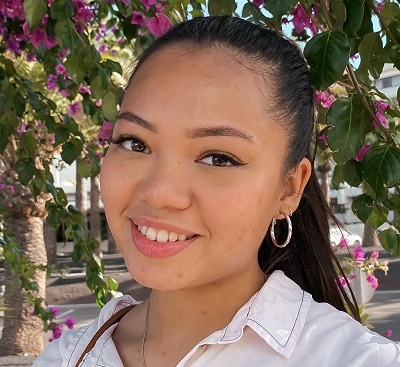Maria Grace Burton, mgpb3@cam.ac.uk
United Kingdom
Earth Sciences, Queens' College
PhD thesis: Evolution and development of the pneumatic skeleton of birds.
Research interests:
1. Vertebrate palaeobiology.
2. Avian anatomy and evolution.
3. Skeletal pneumaticity.
4. 3D imaging techniques.
My PhD focuses on one of the most striking and unique biological traits of birds – their hollow skeletons. The presence of pneumatic bones across the avian skeleton varies across species, based primarily on ecology and body size. However, the true extent of pneumaticity, in terms of the fractional volume of a bone occupied by air, had never been investigated until I developed a 3D-imaging approach to do so during my MPhil.
During my PhD, I will use this approach to collect additional quantitative data on the fractions of skeletal volume occupied by air, marrow and bone across a phylogenetically diverse bird sample. My aim is to fill a large knowledge gap on the distribution and extent of pneumatic bones throughout the avian skeleton, allowing me to illustrate macroevolutionary patterns across the avian crown group, readdress previous hypotheses, and gain a much clearer understanding of how and why this trait evolved.
Who or what inspired you to pursue your research interests?
Throughout my biology undergraduate degree at Imperial College London, I was fascinated by the topics of vertebrate anatomy, evolution and palaeobiology. I was inspired to pursue my research interests after undertaking a palaeontology-based research project in my final year, which provided the opportunity to work with early jawed vertebrate fossils and to learn some key computer-based techniques. I was keen to continue undertaking novel research, applying the skills and knowledge I had learnt to investigating other topics in vertebrate palaeontology, like the traits that lead to the success of arguably the most ecologically diverse group of tetrapods – birds!

